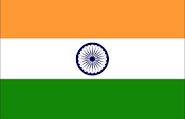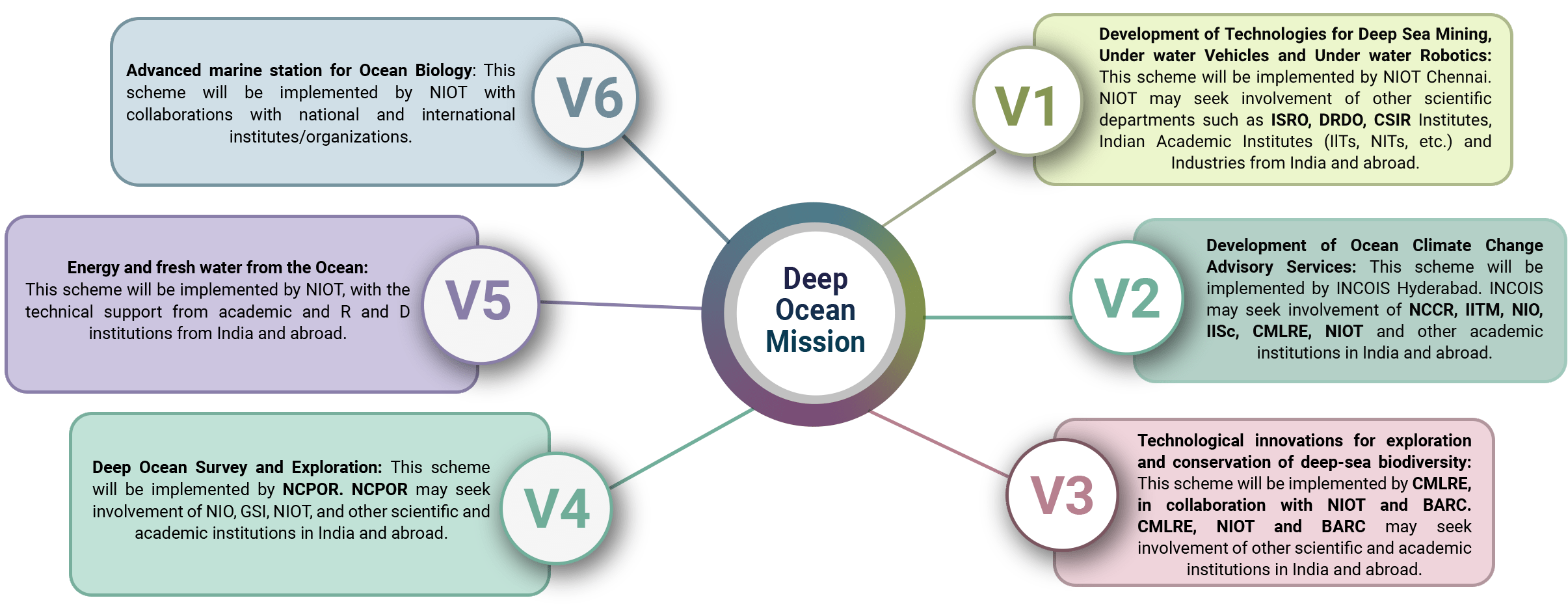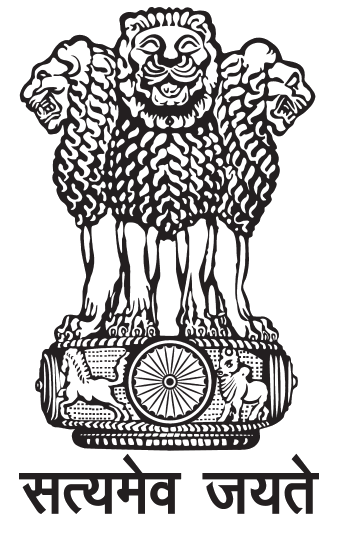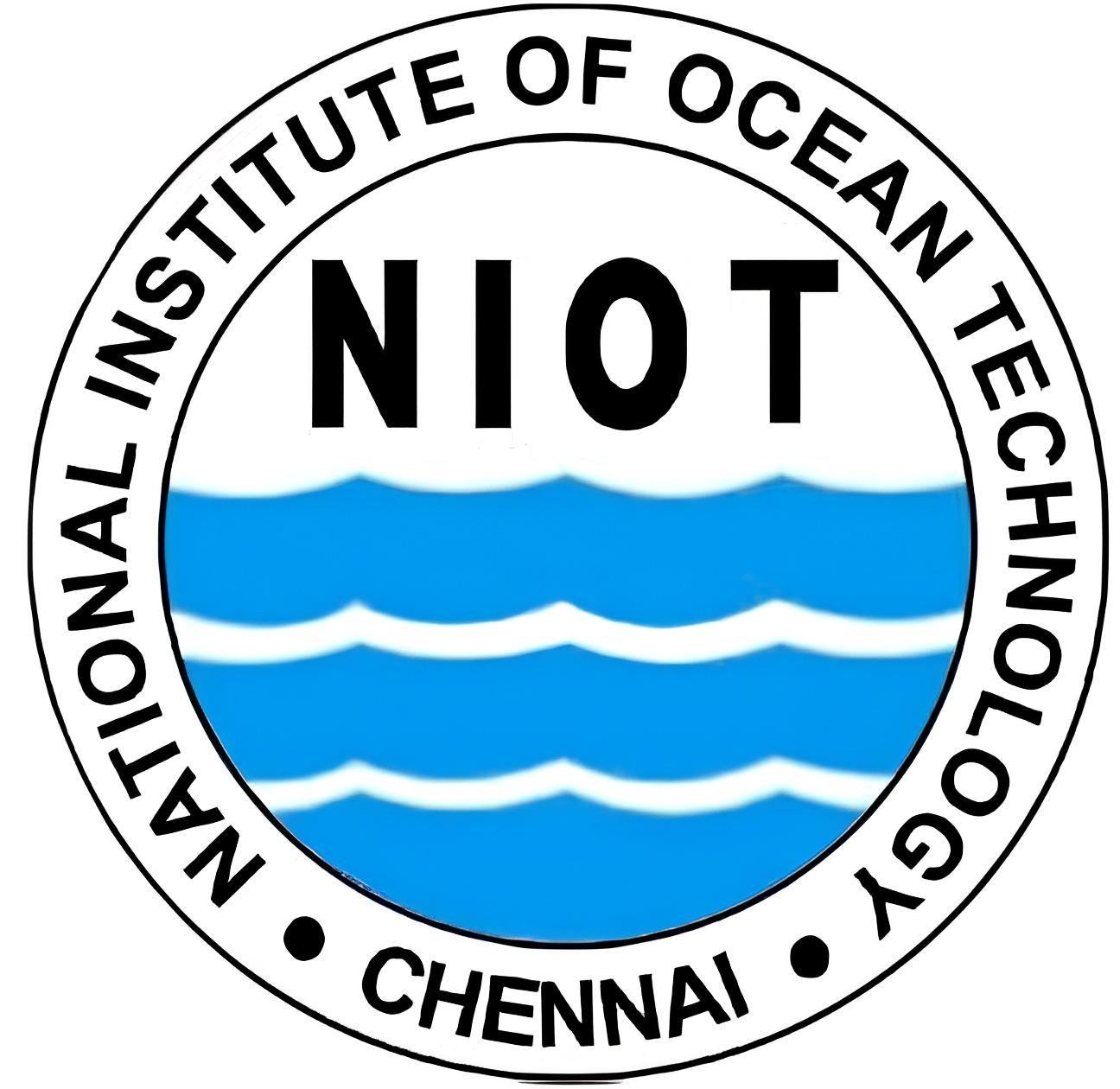 भारत सरकार GOVERNMENT OF INDIA
भारत सरकार GOVERNMENT OF INDIA
Background
The Government of India’s Vision of New India by 2030 enunciated in February 2019 highlighted the Blue Economy as one of the ten core dimensions of growth. India has a unique maritime position with its 11098.81 kms long coastline, is home to nine coastal states and 1382 islands. India has a large Exclusive Economic Zone of 2.3 million square kilometers, which is a treasure trove of living and non-living resources. For India, with its three sides surrounded by the oceans and around 30 percent of the country's population living in coastal areas, the ocean is a major economic factor supporting fisheries and aquaculture, tourism, livelihoods, and blue trade. Oceans are also a storehouse of food, energy, minerals, and medicines, as well as a modulator of weather and climate, and they underpin life on Earth.
With a view to exploring the deep ocean for resources and developing deep-sea technologies for the sustainable use of ocean resources, the Cabinet Committee on Economic Affairs (CCEA) approved the proposal of the Ministry of Earth Sciences (MoES) for the “Deep Ocean Mission” at an estimated cost of Rs. 4,077.0 crore over a period of 5 years, to be implemented in a phase-wise manner. The estimated cost for the first phase, covering 3 years (2021-2024), would be Rs. 2,823.4 crore. The Deep Ocean Mission will be a mission-mode project to support the Blue Economy Initiatives of the Government of India. Ministry of Earth Sciences (MoES) will be the nodal Ministry implementing this multi-institutional ambitious mission.
Considering the importance of the ocean for the sustainable development of the country, the Ministry of Earth Sciences (MoES), Government of India, launched the ambitious Deep Ocean Mission in September 2021, which aims at developing technologies to explore deep ocean resources and their sustainable use, growing the country’s marine and maritime economy, and tackling climate change and pollution. This multi-institutional Deep Ocean Mission is a follow-up to Sustainable Development Goal 14 (SDG-14), as proposed by the United Nations (UN), which deals with “life below water” and emphasizes the importance of the ocean in modulating and sustaining life and the environment on planet Earth.
Major Components
The Deep Ocean Mission is launched by MoES consists of the following six major themes under 6 verticals:
- To develop technologies for mining of deep-sea resources like Polymetallic nodules from the Central Indian Ocean at a water depth of 5500 m.
- Design, and develop one working prototype and one final Manned Submersible rated for 6000 metre water depth along with technologies for underwater vehicle and underwater robotics.
- To provide the future projections or predictions on the trends in sea level along the Indian coast, cyclone intensity and frequency, storm surges, wind waves, biogeochemistry and ecosystem. To install deep ocean observations (below 2 km depth) over the Indian Ocean.
- Inventorization, archival of specimens and development of DNA bank of deepsea fauna of Northern Indian Ocean through systematic sampling using Remotely Operated Vehicle.
- Development of technology for isolation of deep-sea piezotolerant and piezophilic microbes, symbionts and screening for novel biomolecules using culture-based and meta genomic approaches.
- Exploration of formation of life friendly molecules and organismal components in deep sea.
- To explore and identify potential sites of multi-metal hydrothermal sulphides mineralization along the Indian Ocean mid-oceanic ridges.
- To acquire a new all-weather multidisciplinary research vessel (research ship) for Indian Ocean operations.
- Detailed engineering design document for high capacity offshore OTEC powered desalination plant.
- Performance assessment of critical components such as deep-sea cold-water conduit and mooring system by demonstration in deep sea.
- Integrating the ongoing advanced basic and applied research in marine biology, marine ecology and related marine engineering through the establishment of an advanced Marine Station for Ocean Biology.
- Capacity building in Marine Biology with the help from international institutes.
- National and International collaboration in education, research and excellence in the field of ocean science and Ocean Technology.
Implementing Organizations


